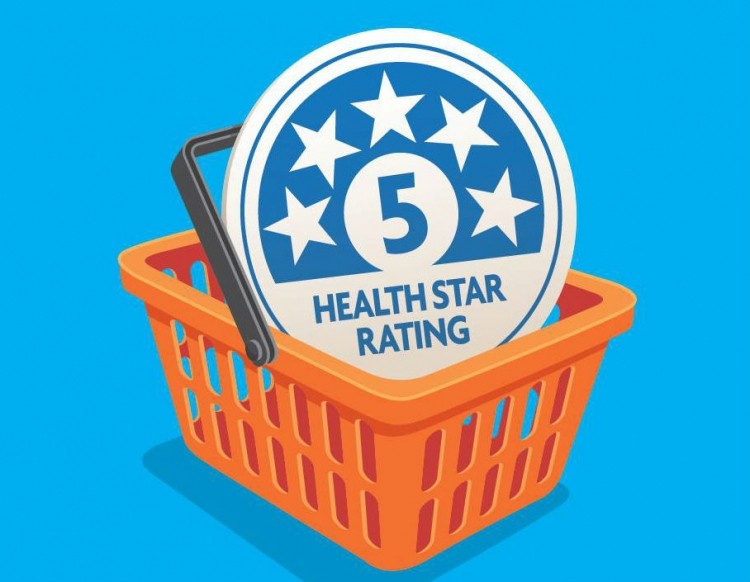No idling through COVID-19: Australia’s Health Star Ratings revision on track with salt and sugar reduction key

The HSR revision is being carried out based on the Health Star Rating system Five Year Review report released in May 2019, as well as additional implementation parameters requested by the Australia and New Zealand Ministerial Forum on Food Regulation (Forum).
The revised system is set to roll out on October 1 this year, pending final confirmation from the Forum's July 2020 meeting where an Implementation Plan on the additional parameters will be discussed - and COVID-19 is not expected to deter this course.
"Work on the implementation of recommendations from the HSR Review continued during the COVID-19 pandemic, [including a] recent engagement process with the public to gather feedback on the October 1 implementation date,” the Australian Government Department of Health told FoodNavigator-Asia via an email statement.
“This feedback has been provided to the Food Review Steering Committee (FRSC) in charge of formulating the Implementation plan, [who are in the process of considering] the information received [and] will agree on advice to provide to the Forum."
Another item that has been in progress is the provision of two separate nutrient calculators to food manufacturing firms and other stakeholders for testing out and feedback, so as to make a final selection for the to be used after the revised HSR system is launched.
“Both calculators have already been provided to stakeholders and continue to be available on the HSR website,” said DOH.
“Test Calculator One reflects the recommendations of the Review Report – [these include] strengthening the negative impact of total sugars and high levels of sodium [by using a 25-point scale as compared to the current 22-point scale].
“Test Calculator Two accounts for additional investigations requested by the Forum – these are the stronger penalisation of total sugars via a 30-point rather than 25-point scale and amendment of the increments for sodium baseline points from 90mg to 75mg.”
Scales with more points are considered stricter/stronger as this means that sugar content is penalised at narrower intervals. To illustrate, the current unchanged HSR system gives two baseline points to products with 9.0g to 13.5g of total sugar per 100g, whereas Calculator One’s scale gives the same to products with 8.92g to 12.93g of total sugar per 100g.
The higher the baseline points, the better the product’s chance at getting a higher HSR score, and here the revised Calculator One scale requires products to be lower in sugar than the existing scale in order to receive the same number of points.
“Once changes to the system have been [finalised], the final calculator will be confirmed and provided to stakeholders ahead of the start of the implementation period,” said DOH.
The mandatory-voluntary debate
The HSR system has been the source of a lot of debate for several years, not least due to its voluntary nature, as the majority of academics and experts believe that implementation needs to be mandatory to see results.
This has naturally been opposed vehemently by the F&B industry, and so far the Forum has opted to stick to its voluntary nature, although this now comes with a deadline and 70% uptake requirement for industry to meet.
"Forum Ministers have supported the recommendation that [the] HSR System remain voluntary but with clear uptake targets set,” said DOH.
“[Final] target metrics will be discussed in July, [but basically it has been stated that] if the HSR System continues to perform well but the HSR is not displayed on 70% of target products within five years [from implementation], the HSR System should then be mandated.”
[Based on numbers from the report], the HSR appeared on approximately 31% of eligible products (5,448 products) in Australia and 21% of eligible products (2,997 products) in New Zealand
“[Uptake] trajectory has indicated that 70% in five years is an attainable target,” said DOH.






